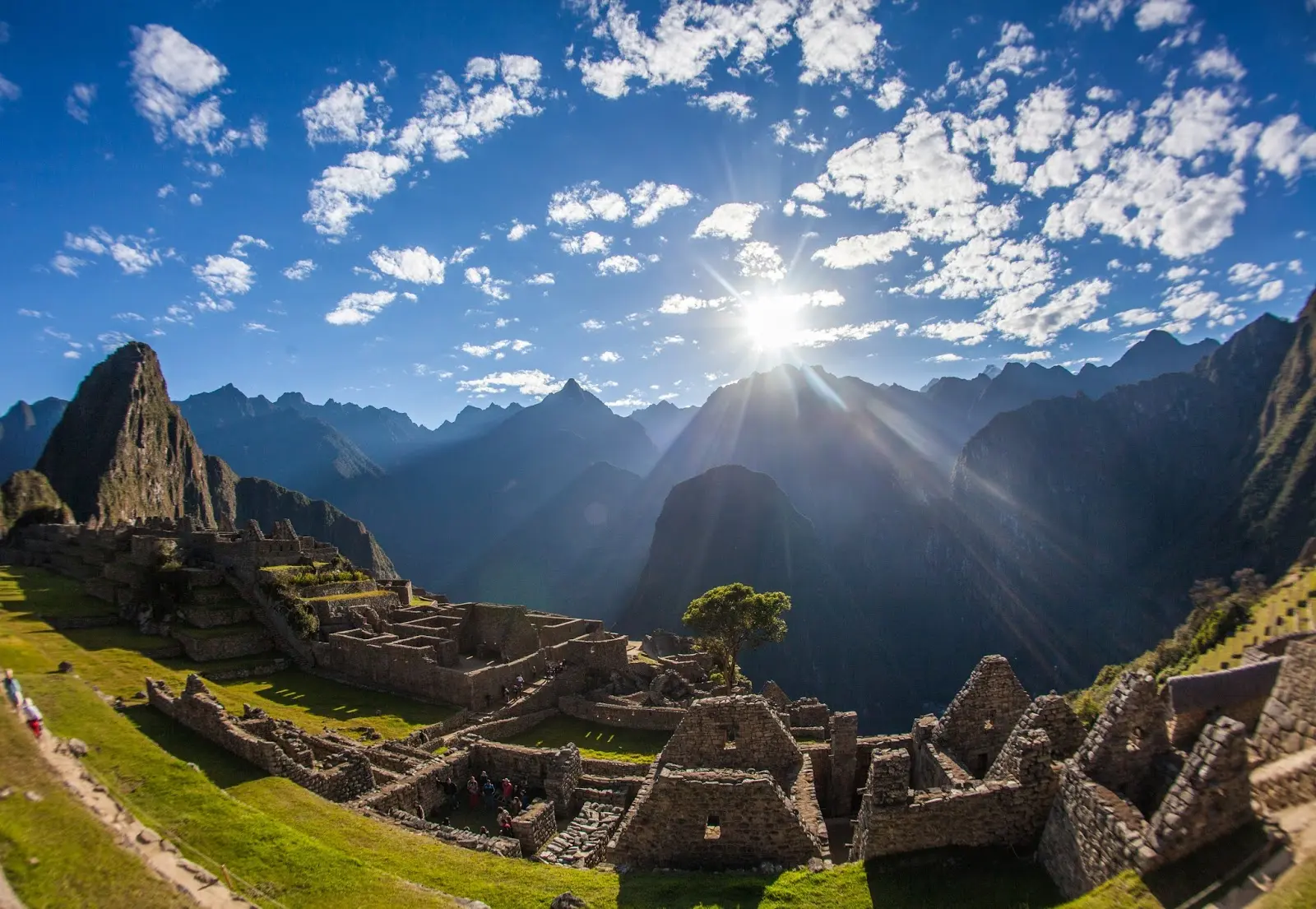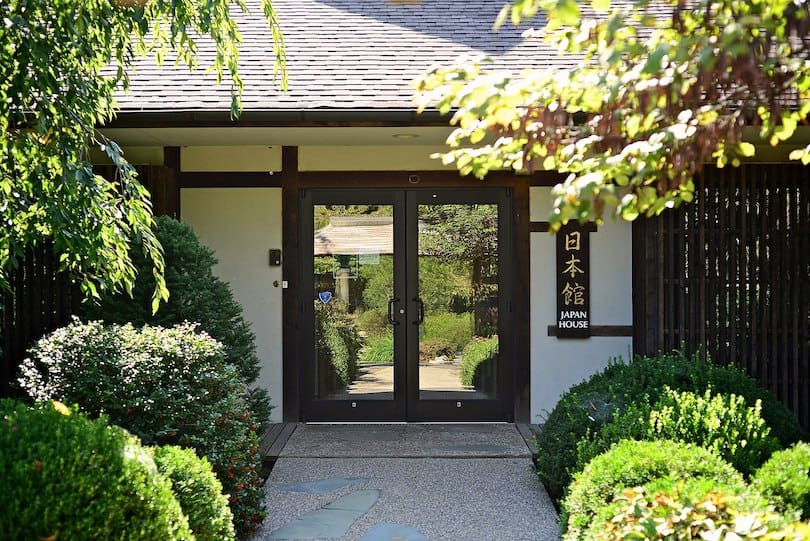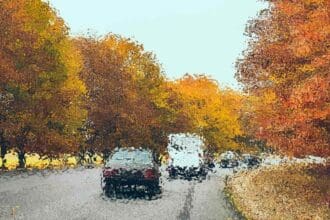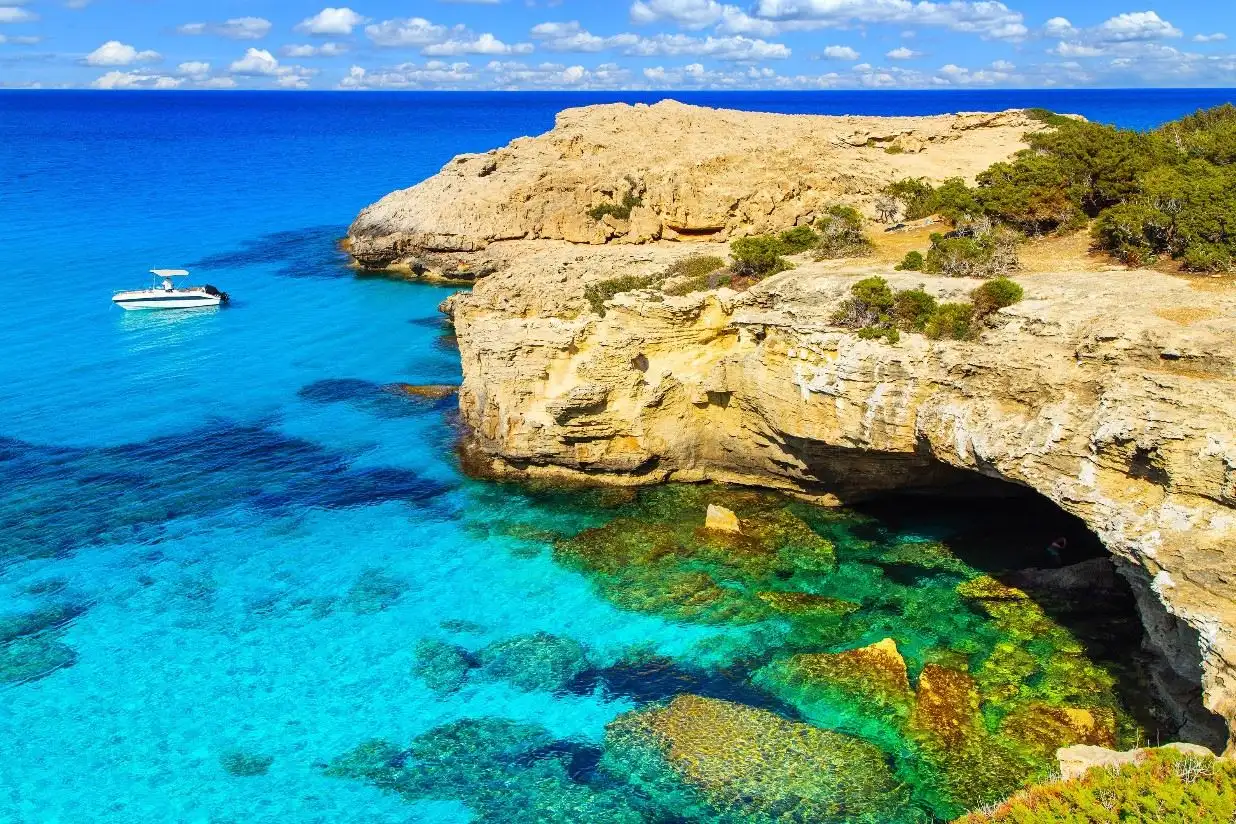Uncover the enchanting history and architecture of Shaniwar Wada, Pune, a stunning historical fort. Delve into its rich past, architectural brilliance, and the must-see attractions it offers.
Introduction
Welcome to the world of Shaniwar Wada, Pune, a mesmerizing architectural masterpiece and a historical treasure trove waiting to be explored. Situated in Pune, Maharashtra, India, Shaniwar Wada stands tall as a symbol of the glorious Maratha Empire. This awe-inspiring fort, known for its grandeur, intriguing history, and unique architecture, continues to captivate visitors from around the globe.
The Legacy of Shaniwar Wada, Pune
Shaniwar Wada’s history is as fascinating as its architecture. Originally built in 1732, this impressive fort was the seat of the Peshwas, the prime ministers of the Maratha rulers. It was once a flourishing center of politics, culture, and power during the Maratha Empire’s reign. Sadly, much of the fort was destroyed by a devastating fire in 1828. However, its remains still narrate the tale of its former glory and grandeur.
The Architectural Marvel of Shaniwar Wada, Pune
The architecture of Shaniwar Wada reflects a blend of Mughal, Maratha, and Persian styles, making it a unique and captivating structure. The fort’s entrance, with its imposing gates and fortified walls, showcases the prowess of ancient engineering. As you step inside, the exquisite wooden pillars, intricate lattice work, and beautiful fountains will leave you awe-inspired.
The Enchanting Courtyards: A Tranquil Oasis
Within the premises of Shaniwar Wada, Pune, you will discover a series of well-maintained courtyards. The Hazari Karanje (A Thousand Brass Water Pipes) is one such courtyard, adorned with a fountain that, as legend has it, could spray water from a thousand brass pipes simultaneously. This remarkable engineering feat is an absolute marvel to witness.
The Mysterious Ganesh Rang Mahal
The Ganesh Rang Mahal, or the Ganesh Hall of Colors, was once the residence of the Peshwas. This elegant hall is famous for its intricate wooden carvings and walls adorned with beautiful paintings. As you explore its premises, the tales of its glorious past will unfold before your eyes, leaving you in wonder.
The Haunting Legend of the Aaina Mahal
The Aaina Mahal, also known as the Mirror Hall, was a chamber of mirrors designed to leave visitors spellbound. As history suggests, the mirrors were once adorned with gold and embellishments, creating a mesmerizing spectacle of reflections. However, these treasures were looted and the mirrors are long gone, yet the mystique of the Aaina Mahal remains.
The Delightful Mastani Darwaza
The Mastani Darwaza is a graceful and ornate gate that opens to the Mastani Mahal, the residence of Bajirao I’s beloved, Mastani. This enchanting gate is a testament to the romance of the past and the architectural brilliance of the time. As you pass through the gate, you can almost sense the aura of love and valor that once filled the air.
The Supernatural Shaniwar Wada
Shaniwar Wada, Pune, has its share of intriguing stories about the supernatural. It is believed that the fort is haunted by the ghost of a young prince, Narayanrao, whose tragic murder within its walls left a lingering presence. Some visitors claim to have felt an eerie presence, adding to the allure of this historical site.
The Light and Sound Show: Bringing History to Life
To truly immerse yourself in the history and grandeur of Shaniwar Wada, Pune, don’t miss the enthralling light and sound show. This show breathes life into the past, narrating the captivating stories of the fort’s glory days through a stunning combination of lights, sound effects, and narration.
Exploring the Outer Walls: A Walk Through Time
As you take a stroll around the outer walls of Shaniwar Wada, Pune, you’ll be mesmerized by the intricate carvings and fortifications. These walls have witnessed the rise and fall of empires, making them not just architectural wonders but also living witnesses of history.
The Gardens of Shaniwar Wada: Where Serenity Meets History
The lush gardens within the fort’s complex offer a serene escape from the hustle and bustle of the city. Enjoy a leisurely walk amidst greenery and marvel at the historical relics scattered throughout the gardens, each narrating its unique tale.
The Thorale (Big) Darwaza: A Gateway to the Past
The Thorale Darwaza, or the Big Gate, is the primary entrance to Shaniwar Wada, Pune. Passing through this colossal gate, you’ll feel like stepping into a bygone era, where valor and chivalry reigned supreme.
The Delicacy of Arch and Columns: A Feast for the Eyes
The arches and columns that adorn Shaniwar Wada’s interiors are nothing short of artistic brilliance. Each intricately designed element reflects the architectural finesse of the bygone era, taking visitors on a visual journey of the past.
The Hidden Escape: The Underground Passage
Legend has it that Shaniwar Wada, Pune, houses a secret underground passage. This passage, once used as an escape route during enemy invasions, adds an element of mystery and excitement to the fort’s history.
The Temples of Shaniwar Wada: A Spiritual Respite
Amidst the grandeur of Shaniwar Wada lies a cluster of temples dedicated to various deities. These temples not only add to the fort’s beauty but also offer a spiritual retreat for visitors seeking solace.
The Flame of Liberation: Light and Darkness
The imposing Nagarkhana or the Drum House once housed a giant drum that was played to mark the fort’s daily schedule. Today, the Nagarkhana stands as a silent witness to the passage of time, reflecting the light and darkness that shrouds historical monuments.
The Spectacular Nana Wada
Nana Wada, also known as the Men’s Quarters, served as the residence for the courtiers and ministers. The splendid architecture of Nana Wada showcases the opulence that once surrounded the lives of the privileged.
The Char Choughi: A Testimony to Maratha Culture
The Char Choughi, or the Four Minarets, is a structure adorned with four minarets, each representing the four important Maratha rulers. This monument is a symbol of the vibrant Maratha culture and its significant contribution to history.
The Intriguing Story of Bajirao-Mastani
Shaniwar Wada, Pune, played a significant role in the romantic saga of Bajirao and Mastani, immortalized in various literary works and films. The love story that blossomed within these walls continues to inspire generations.
The Regal Hall of Diwan-i-Aam
The Diwan-i-Aam, or the Hall of Public Audience, once echoed with the voices of kings and commoners alike. This majestic hall served as a platform for the Peshwas to address their subjects, making it a symbol of governance and democracy.
The Art of Water Supply: The Hazari Karanje
The Hazari Karanje, a testament to ancient water management, showcases an ingenious water supply system that catered to the fort’s residents and gardens. Its design and engineering brilliance continue to astonish visitors.
The Forgotten Glory: The Ruins of Shaniwar Wada
As you explore the ruins of Shaniwar Wada, Pune, a sense of nostalgia will engulf you. The remains of what was once a thriving empire remind us of the impermanence of human achievements and the importance of cherishing history.
The Undying Spirit: Shaniwar Wada in the Modern Era
Despite the ravages of time and the vagaries of history, Shaniwar Wada stands strong, holding on to its cultural and historical significance. The fort has become a prominent symbol of Pune’s heritage and a source of pride for the people.
FAQs
- Is Shaniwar Wada, Pune, open to the public for visits? Absolutely! Shaniwar Wada welcomes tourists and history enthusiasts throughout the year. It offers an enriching experience to those eager to delve into India’s glorious past.
- Are there guided tours available for visitors at Shaniwar Wada? Yes, guided tours are available at the fort. Experienced guides provide valuable insights into the history, architecture, and intriguing stories associated with Shaniwar Wada.
- What is the best time to visit Shaniwar Wada? The ideal time to visit Shaniwar Wada is during the winter months, from November to February, when the weather is pleasant and conducive for exploring historical sites.
- Is photography allowed inside Shaniwar Wada? Yes, photography is allowed within the premises of Shaniwar Wada. Capturing the beauty and grandeur of this historical marvel is a delight for photography enthusiasts.
- Are there any nearby attractions to explore after visiting Shaniwar Wada? Pune offers a plethora of attractions for visitors. After exploring Shaniwar Wada, you can visit nearby places like Aga Khan Palace, Sinhagad Fort, and Dagdusheth Halwai Ganpati Temple.
- Is there an entry fee for visiting Shaniwar Wada? Yes, there is a nominal entry fee for visiting Shaniwar Wada. The revenue generated from these fees is used for the conservation and maintenance of this historical treasure.
Conclusion
Shaniwar Wada, Pune, is not merely a historical fort; it is a timeless testament to India’s rich heritage and cultural diversity. As you explore its captivating architecture and listen to the echoes of the past, you’ll be transported to an era of valor, love, and grandeur. Shaniwar Wada’s charm lies not only in its physical beauty but also in the stories it holds within its walls. So, plan your visit and immerse yourself in the magic of Shaniwar Wada, Pune, to witness history come alive.














